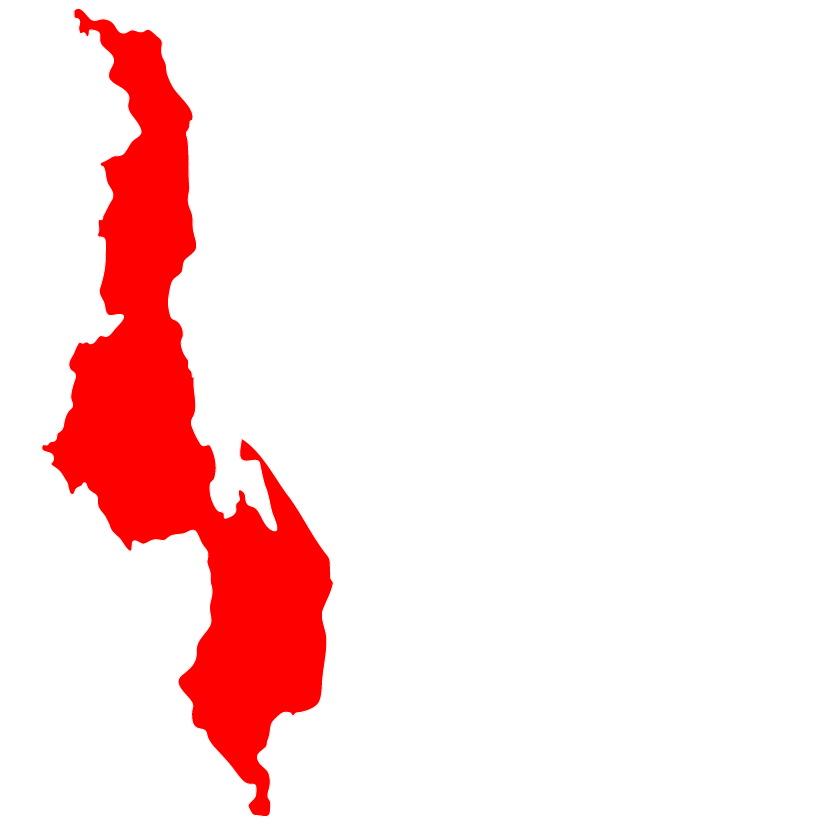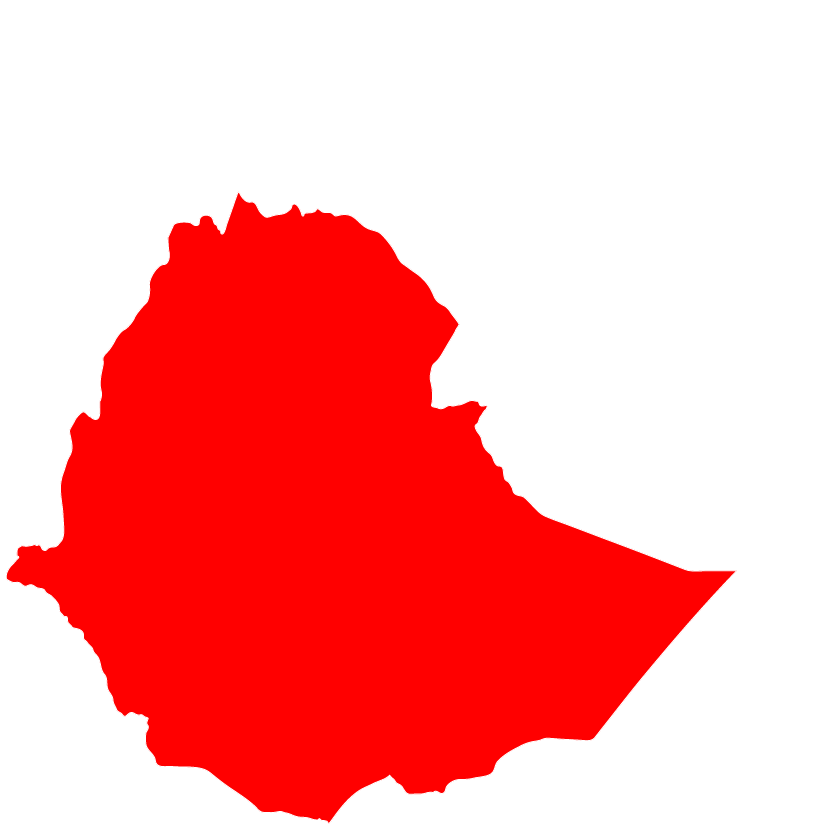
Somalia is in the grip of an intense drought, induced by up to four consecutive seasons of poor rainfall. In the worst affected areas, poor rainfall and lack of water has wiped out crops and killed livestock, while communities are being forced to sell their assets, and borrow food and money to survive. Since mid-2015, drought conditions have been expanding with impact worsening over time. The drought situation is compounded by protracted conflict which is causing displacements, seasonal climatic shocks as a result of most extreme El Niño phenomenon in 50 years, and disease outbreaks.
The latest food security and nutrition analysis from the FAO-managed Food Security and Nutrition Analysis Unit (FSNAU) and the Famine Early Warning Systems Network (FEWSNET) issued on 2 February 2017, reveals that the number of people in need of humanitarian assistance has increased from 5 million in September 2016 to 6.2 million between February 2017 and June 2017. That is more than half the population. The situation for children is especially grave. Some 363,000 acutely malnourished children are in need of critical nutrition support, including life-saving treatment for more than 71,000 severely malnourished children.
ACT Somalia Forum members through NCA, FCA, LWF, Diakonia Sweden and DKH plan to respond by providing Water, Sanitation and Hygiene facilities and services, Education(school-feeding programs), Health and Nutrition, Cash based interventions, Livestock interventions, as well as Early recovery and Livelihoods support to the affected populations in various Districts in Puntland and Somaliland states.
Alerts_08_2017_ Drought Emergency Response in Somalia.

Kenya’s President, Uhuru Kenyatta, declared on 9th February 2017 the on-going drought in Kenya as being a national disaster. The drought has affected 23 out of 47 counties that are all in a state of emergency. The drought situation in Kenya is predicted to last until July 2017. The late start of rains, between the months of October and November, which were unusually brief and inadequate is the immediate cause of the current drought. The drought has had devastating affects causing persistent and widespread deficit of water, food and vegetation for livestock and humans.
The numbers of affected population currently stands at 2.7 million people as of February, 2017. Most affected persons are from pastoral communities residing in Arid and Semi-Arid Northern Kenya counties. Already, livestock mortality rates are at 5%. The drought has also affected crop producing regions with a predicted crop failure in coming months.
ACT Alliance Kenya Forum members through Finn Church Aid, Lutheran World Federation, Church World Service and National Council of Churches of in Kenya plans to respond by providing support to the affected communities in form of water facilities, food assistance, livestock and early recovery initiatives and education.
Alerts_07_2017_Drought Emergency in Kenya.

Malawi is experiencing La Nina weather phenomena since onset of the rainy season and many Districts have received normal to above normal rainfall triggering flash floods in some of the Districts. Between 4th and 10th February 2017 heavy rains caused the worst flooding in Salima District in four Traditional Authorities of Ndindi, Pemba, Kambwiri and Maganga. A total of 35,304 people have been affected. 7,216 people have been displaced and are homeless and are dwelling in school blocks.
A total 1,827 hectares of land under crops such as maize, rice, cowpeas, cassava and sweet potatoes have been washed away together with livestock such as goats and chicken. Household belongings such as food, clothing and kitchen utensils have also been washed away. No death cases have been reported so far but scores have been injured. The displaced population have no food, shelter, sanitary materials, clothing, blankets and kitchen utensils.
ACT Malawi Forum is planning to respond through its members Churches Action in Relief and Development (CARD) and Evangelical Lutheran Development Service (ELDS) through a Rapid Respond Fund (RRF) in Salima District through provision of Non-Food Items(NFIs) and Water, Sanitation and Hygiene facilities.
Alerts_06_2017 Floods Emergency in Malawi

After the El Niño weather phenomenon that severely affected Ethiopia and left 10.2 million people in need of emergency assistance in 2015/16, Ethiopia is once again subject to severe weather conditions causing the failure of the Hageya/Deyr rains (fall rain) in the southern and eastern rainfall belt. The severe water shortages resulting from negative Indian Ocean Dipole (IOD) induced drought have caused high numbers of livestock deaths due to lack of pasture and high rate of disease. The Ethiopian Government with its humanitarian partners have issued the Humanitarian Requirement Document (HRD) in mid-January 2017 and declared that a total 5.6 million people are in need of urgent assistance. A total of USD 948 million has been requested.
The proposed preliminary activities are categorized as life-saving activities such as: the provision of drinking water for people and livestock, provision of water treatment chemicals, the rehabilitation of water supply infrastructure, NFI support, hygiene and sanitation, animal feed, veterinary services, destocking, nutrition, health and protection.
Members of the ACT Alliance Ethiopia Forum (AAEF) are currently responding to the 2015-16 El Niño-induced-drought and are preparing to mobilise additional resources to meet urgent needs of the current drought phenomena.
Alerts_05_ 2017 Drought Response in Ethiopia
Peru: Floods and landslides in Ica

Since January 14th 2017, there has been moderate to strong rainfall in the provinces of the Ica region in Peru. The incessant heavy rainfall has subsequently provoked floods and landslides, causing damages to houses, educational facilities, agriculture, and infrastructure such as roads. So far, there are 13,904 affected persons, 57 collapsed houses, and 3580 damaged houses. The National Government has declared the State of Emergency. Furthermore, the rainy season is expected to last until April, so more floods and landslides are likely to occur.
According to the need assessment, the following sectors have been identified as a priority: Shelters, Non Food items and WASH. The Peru ACT Forum is assessing further the situation for determining which kind of humanitarian assistance intervention is required.
Alerts_04_2017_Floods_and_Lanslides_in_Ica_Peru
Ukraine: Cold Snap in East region

In January 2017 arctic cold, which brought a record breaking low temperature, paralyzed Russia, Ukraine and the whole Eastern Europe. The temperature in the region dropped to -30°C, resulting in transport collapse and damage to communal infrastructure, disruption of heat and electricity supply, frostbite of hundreds of people and a rapid growth of flu and other diseases rate in many places. Harsh weather has led to a drop of temperature in the places where Internally Displaced Persons (IDPs) and refugees found shelter and which were constructed not for low temperatures. The frosts damaged heat systems and led to disruptions of heat supply. According to the meteorological forecast, Ukraine and Russia expect new bursts of cold weather in February, with temperatures that can plunge down to -20°C.
Alerts_03_2017_Support to cold snap affected people from East Ukraine
Serbia: Winterization support to refugees

Exceptionally harsh winter conditions from the beginning of January 2017, with temperatures at time going down to -30 degrees Celsius, have already claimed lives across Europe – among them refugees from various countries such as Afghanistan, Iraq and Somalia. The cold wave started already beginning of January peaking end of last week and building up to a small – scale emergency. Meteorologist forecast new freezing waves in Serbia, with lots of snow and freezing rain. It is estimated that this winter will be one of the coldest in the last 50 years. Among cold snap affected people are already highly vulnerable refugees/migrants in Serbia, who are in need of winterization support.
Alerts_02_2017_Winterization support to refugees_migrants in Serbia
Romania: Cold Snap in South-East region

The arctic conditions from the beginning of January 2017 have already claimed lives across Europe. Conditions remain tough and constitute a small-scale, local emergency in south-eastern Romania. The severe winter weather hit Romania a week ago, when it started snowing heavily and temperatures dropped consecutively to -25 degrees Celsius. However, the crisis has reached a critical level only in the past 24 hours, hence the release of the alert at this time. Snowfall, combined with powerful winds caused the situation to deteriorate resulting in real danger for many rural communities.
The cold snap claimed lives of many elderly people dying of hypothermia. 40,000 are affected by the weather and cut off by the blizzards in the South and East of Romania and in need of some form of humanitarian assistance. People have been trapped for more than a week inside their houses leaving many with no access to food, water and medicine. Authorities are also warning of flooding, when the snow thaws and breaches dams and meteorologists predict that it will continue to snow in the South and East of Romania during the next week.
ACT Alliance member AIDRom, is on standby to reach affected areas to carry out a rapid needs assessment and plans to distribute food parcels, water and NFIs through the ACT Alliance Rapid Response Fund.
Alerts_01_2017_Support to cold snap affected people
Philippines: Typhoon Nock-ten (Nina)

Super Typhoon Nock-ten or known locally as Nina reached maximum sustained winds of 185 kilometres per hour and gusts of up to 255 kilometres as it made landfall, weather officials and radio reports stated. The typhoon has weakened but is still equivalent to a Category 4 hurricane , sustaining winds of up to 140 kilometres per hour as it moved towards the heavily populated provinces of Batangas and Cavite, south of Manila. Nock-ten had made its first landfall in Bato, Catanduanes at 6:30 PM local time on Sunday, December 25. At least 218,000 flee to evacuation shelters as it made its first landfall over Catanduanes province, on the Bicol peninsula, which was on the highest storm alert for its arrival. Its second landfall in Sagñay, Camarines Sur was at around 9:30 pm, December 25. It brought heavy rain and fierce winds to Bicol. The typhoon is forecasted to have 5 landfalls before it goes out of the Philippine area of responsibility (PAR) by 28 December. Based on the profile created by UNOCHA, the 50 km radius of the typhoon track covers 14 provinces. An estimated 38 Million people (19.5 M women/ 19.4 M men) or 7.5 M households may be affected. It is not clear how long it will take for initial damage assessments, with electricity and phone coverage likely to be knocked out for some time.
alerts_37_2016_typhonn_nock_ten_philippines
India: Cyclone ‘Vardah’ batters Tamil Nadu

The Severe cyclonic storm ‘Vardah’ made landfall near Chennai, the capital city of South Indian State of Tamil Nadu with winds around 140kmph for about 90 minutes during the afternoon of 12th December 2016, until it crossed the city and travelled inland, bringing at least 10 cm rainfall and claiming 10 lives. According to the recent weather forecast, light to moderate rainfall will occur in Chennai, Tiruvallur, Kancheepuram and Villupuram districts of Tamil Nadu in the next 12 hours.
At least 10 people, including a 3-year-old child and four women died in separate rain-related incidents in Chennai city. Skymet Weather chief meteorologist said, “Vardah did not weaken significantly as expected. The very severe cyclonic storm was still a severe cyclonic storm when it made landfall at north of Chennai.” Many arterial roads were blocked with fallen trees causing traffic havoc. Several houses were destroyed, especially in coastal parts like Kottivakkam, Palavakkam, Foreshore Estate and Royapuram. Several incidents of wall collapse were reported across the city1. The cyclone has caused severe destruction by uprooting trees, damaging houses, disrupting power services, land and air transport and throwing normal life out of gear.
Alerts_36_2016_Cyclone_Vardah_batters_Tamil_Nadu_India








